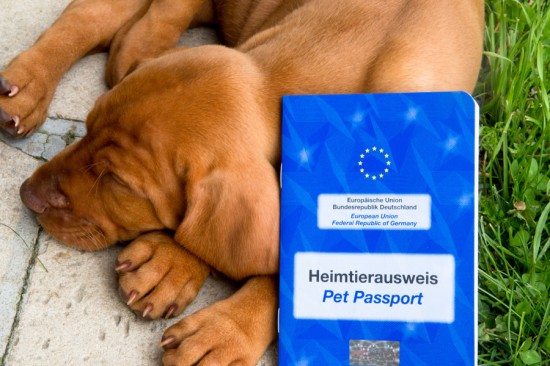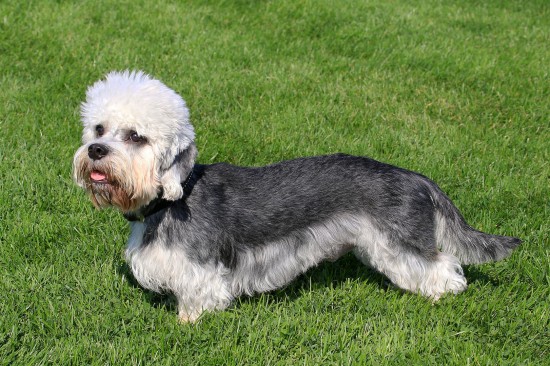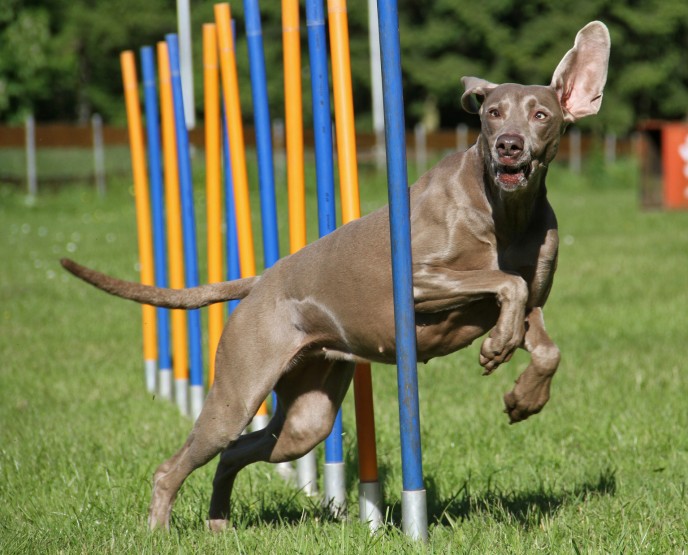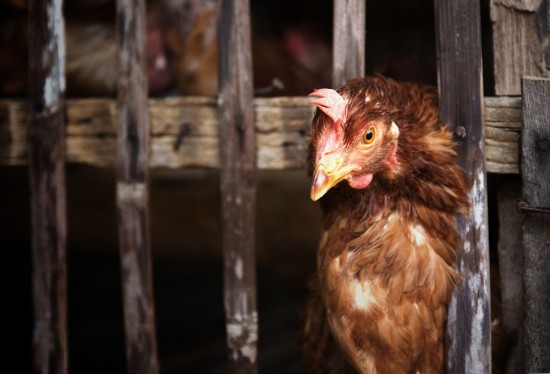

So you've made the decision to emigrate. Perhaps you are moving to Europe, to Spain or Cyprus; perhaps you are going a little further afield to the States or maybe you are taking the ultimate journey to Australia. As many as 300,000 of us choose to leave the UK every year in search of a better way of life and a fair proportion of those people will want to take their precious pet with them. So if you are thinking of emigrating but wondering how you can take your dog or cat with you, then read on.
First of all, with all the preparations you have to make for yourself, your family and your possessions it can appear very daunting to take on the role of exporting your pet yourself. Of course there are many specialist pet companies who can take care of every detail of this for you, from the paperwork to all the transportation. However it is possible to do it yourself. It is not that difficult. I have done this three times myself, exporting a cat to Cyprus and sending two dogs back to the UK. You just need to have the relevant information and follow set procedures.
When exporting a pet from the UK to a country registered with the Department of Environmental and Rural Affairs (DEFRA) it is a relatively straightforward procedure. You need to ensure that your dog or cat has the correct vaccinations, the correct paperwork and is travelling on an approved airline. Here are the essentials you need to know.
All of the above can take up to six weeks to organise, so it is advisable to start your research and planning well in advance of your move. For example, 30 days after your pets first rabies injection you need to take your pet to the vets again for a follow up blood test, the results of which need to be recorded in the pet passport together with copies of the test.
Your pet needs to travel in an IATA approved Air pet travel box of the correct size. These can be purchased from any pet store and can be used for all kinds of travel purposes. To ensure that the container is of the correct size you should measure your dog sitting for height purposes. Get your dog to sit up and measure from the front paws to the top of the head or ears if they prick up. For the length, measure the length of the dog lying down. The same goes for cats. It is important that the animal is able to stand, sit up and turn around in the container.
Ensure that the container has some sort of water container for your animal and fill this prior to the journey. Put an absorbent layer of newspaper in the bottom of the container your pet's favourite bedding and maybe something that smells of you.
Animal cargo is generally charged according to the size of the box and the combined weight of your pet and its container. Please don't try to skimp on the size of the box. You may be refused travel. The animals travel in a cargo hold specially designated for pets. This is both pressured and heated to between 50 and 70 degrees F and kept dark to encourage the animals to sleep and thus reduce stress. There are usually only a couple of animals allowed per flight so please ensure that you book early. Also if you do this there is more chance that you will be able to co-ordinate your travel so that you are both on the same flight.
You must take your animal to the vet to get them checked over and for the vet to give permission for them to fly.
Do not overfeed your pet prior to the flight and do not put any food in the box. This is to safeguard against choking but also to reduce the pet's need to soil during their journey. You don't want your pet sat in soiled bedding for what could be many hours.
Most importantly DO NOT sedate your pet. This is both inadvisable on health grounds as the flight affects their blood pressure but also airlines can and will refuse to take a sedated animal.
You should take your pet to the cargo depot of the airport (Your airline should give you full instructions). Here you will be required to fill in the necessary exportation paperwork and if you haven't already paid for the flight, to pay any necessary charges.
Once your pet is on its way, relax. I know it is hard. I've been through it three times.
At the other end of the flight, your pet will be met by a representative of the airport and then taken to a special holding area until you are able to collect it. Once again this will vary according to the country you are travelling to.
If you are taking your pet to a European country this is all pretty easy. For North and South America the procedure is very much the same; however for Australia there is a quarantine period for all animals, currently 30 days for dogs and cats arriving from the UK.
Please note:
It is always advisable to check whether it is possible to take your particular breed of dog to the country you are moving to. Some breeds of dog are banned.
All the same rules apply, but your pet must have travelled with an airline which has been approved by Animal Health and Laboratories Agency using an approved air route. Also, as of January this year, quarantine regulations changed so that there is no longer a quarantine period for pets that meet all the travel requirements as long as you are returning from a country listed within DEFRA.
For further information on all current legislation and information please visit the DEFRA website.
 Dandie Dinmont Terrier Hereditary Health And Genetic Diversity
Dandie Dinmont Te
Dandie Dinmont Terrier Hereditary Health And Genetic Diversity
Dandie Dinmont Te
 What to Know Before Boarding Your Pet
What to Know Before Boarding Your Pet
Its that
What to Know Before Boarding Your Pet
What to Know Before Boarding Your Pet
Its that
 Top Tips On How To Feed A Ferret
Top Tips On How T
Top Tips On How To Feed A Ferret
Top Tips On How T
 A Short Explanation Of Dog Agility Training Equipment
A Short Explanati
A Short Explanation Of Dog Agility Training Equipment
A Short Explanati
 10 Fun Facts About Re-homed Battery Hens
10 Fun Facts Abou
10 Fun Facts About Re-homed Battery Hens
10 Fun Facts Abou
Copyright © 2005-2016 Pet Information All Rights Reserved
Contact us: www162date@outlook.com